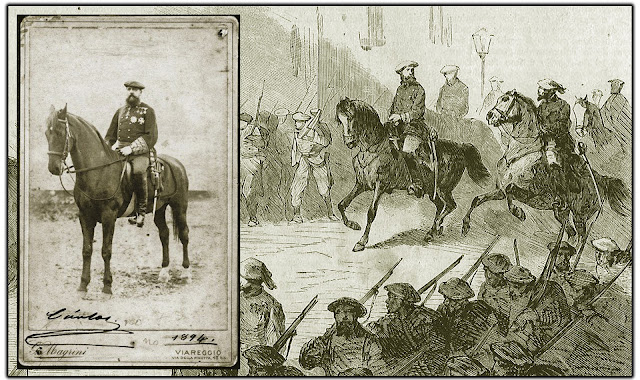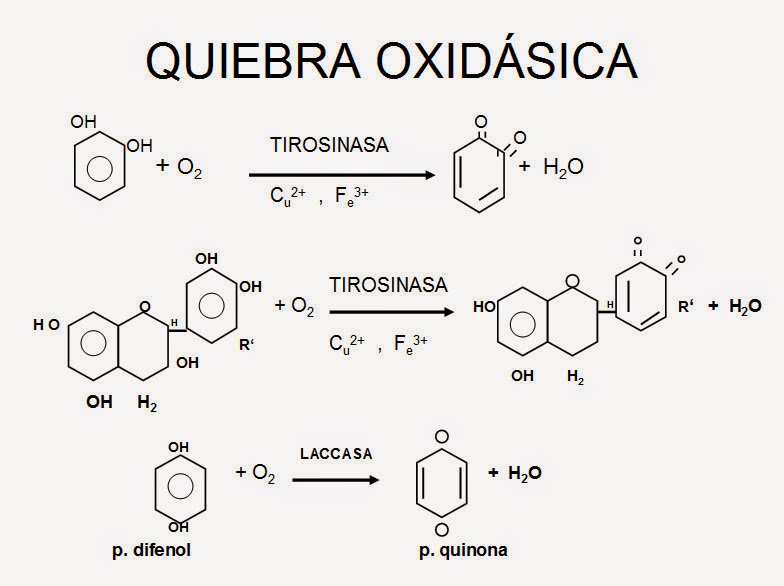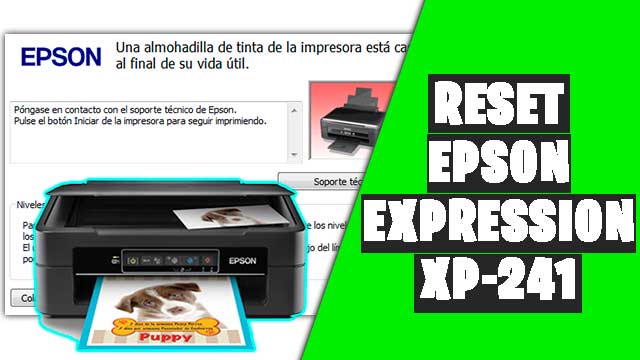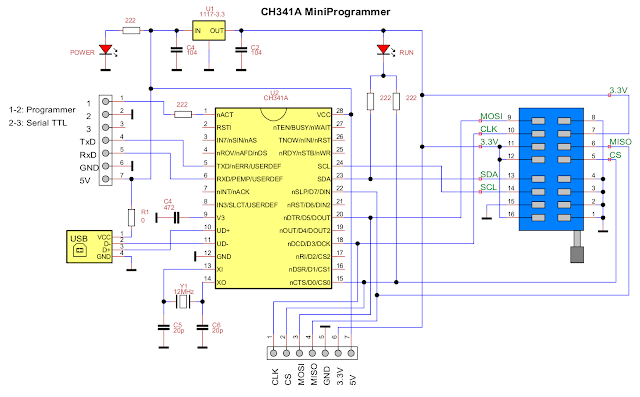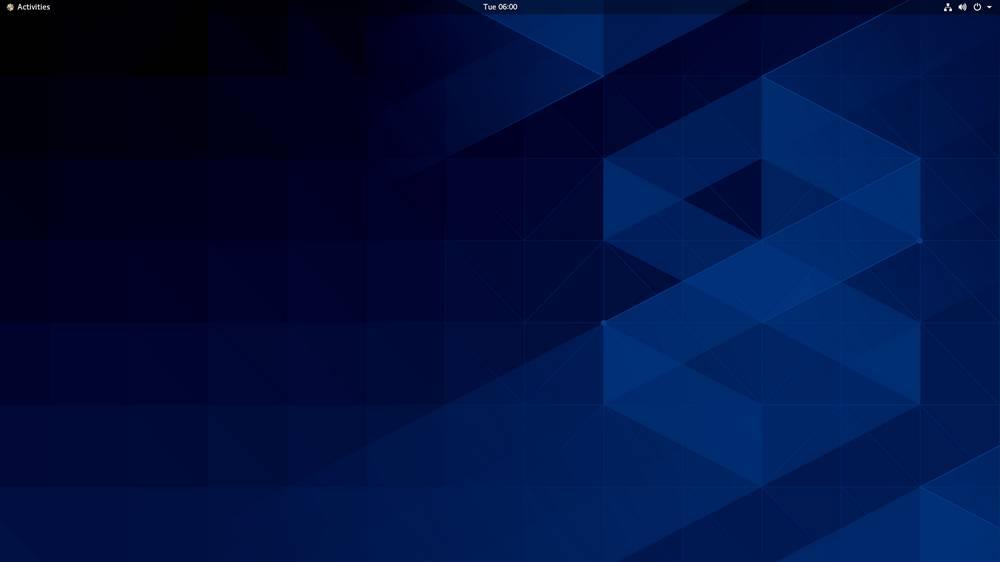Presencia de hidrocarburos en el litoral ecuatoriano, crucero de prospección pesquera T03/10/02D
Chalén, F.
Los hidrocarburos fueron investigados en el área costera del Litoral Ecuatoriano bajo el proyecto ODEPLAN del INP. La información evaluada corresponde al mes de octubre del 2003. Se programaron un total de 42 sitios para el muestreo de sedimentos de fondo, los cuales fueron demarcados con un GPS (Global Positional System). Las muestras de sedimentos fueron colectadas utilizando draga Van Veen, las mismas que fueron analizadas de acuerdo a la metodología señalada por UNIESCO/COI/PNUMA y leídas por Espectrofluometría. La zona mayormente monitoreada fue la Subárea A correspondiente al estuario externo del Golfo de Guayaquil, la misma que no se encontró significativamente contaminada, seguida de las Subáreas B y C, puesto que la mayoría de las concentraciones reportadas no excedieron el límite permisible para sedimentos establecido por la UNESCO de 70 x 103 ~kg.kg-1 de Hidrocarburos Totales para zonas no contaminadas. En la Subárea A las máximas concentraciones fueron obtenidas en los sedimentos más cercanos a la línea costera frente a las costas de Playas y Anconcito, así como al sur de la isla Puná, en sedimentos correspondientes al EstratoI con un promedio de 109,02 ~kg.kg-1; en la Subárea B, los sedimentos mostraron una concentración promedio similar tanto para el Estrato I como para el Estrato II con 38,35 y 38,24 ~kg.kg-1 respectivamente. Con respecto a los Hidrocarburos Aromáticos Totales, en la Subárea B se registró el valor más alto de toda la línea costera obtenido en el lance 10 con 1.051 ~kg.g-1 en peso seco, frente a Puerto Cayo en la costa de Manabí, comparable al rango 1,1 ~kg.g-1 obtenido en sedimentos de las Islas del Caribe en 1996 y en menor a 3,9 ~kg.g-1 reportado por la NOAA (1990) para sitios altamente contamiados. En las Subáreas A y C las concentraciones fueron menores. En general, en los sedimentos no existió una relación directamente proporcional del contenido del material orgánico con presencia de hidrocarburos; lo que se debe indicar es que la mayor concentración de aromáticos se presentó en el sedimento cuya textura predominante fue limo. De las tres subáreas establecidas para la evaluación de hidrocarburos, de acuerdo al área de influencia, las zonas de Chanduy, sur de la Isla Puná y los alrededores de la Isla Santa Clara serían consideradas como las áreas de mayor vulnerabilidad, debido a la gran influencia de corrientes submarinas que permiten una mayor afluencia de sedimentos contaminados traídos por el río Guayas y Estero Salado hacia el Golfo, sumando el tráfico marino en gran escala que utiliza esta vía de entrada en Cuarentena y Puerto Marítimo.; The hydrocarbons were investigated in the coastal area of Ecuadorian coast under the Projet ODEPLAN of the INP. The evaluated information corresponds to de month of October 2003. they were pragrammed a total of 42 places for the sampling of bottom sediments, wich were demarcated with a GPS (Global Positional System). The samples of sediments were collected using a Van Veen drag; the same ones that were analyzed according to the Methology pointed out by UNESCO/COI/PNUMA and read by Espectrofluometry. The most observed area was the sub-area A which significantly polluted, followed by the sub-areas B and C; since most of the reported concentrations don´t exceed the permissible limit for sediments settled down by the UNESCO of 70 x 103 ~kg.kg-1 of Total Hydrocarbons for non polluted areas. In the Sub-area A the maximum concentrations were obtained in the nearest sediments to the coastal line in front of Playas and Anconcito Beaches the costs of Beaches and Anconcito, as well as to the south of the Puná Island, in sediments corresponding to the Stratum I with an average of 109,02 ~kg.kg-1; in the Sub-area B, the sediments showed an average concentration similar for the Stratum I as for the Stratum II with 38,35 and 38,24 ~kg.kg-1 respectively. Regarding to the Total Aromatic Hydrocarbons, the sub-area B registered the highest value in the whole coastal line obtained in the stroke 10 with 1.051 ~kg.g-1 in dry weight, in front of Puerto Cayo in the coast of Manabí, similar to the range of 1,1 ~kg.g-1 obtained in silts of the Islands of the Caribbean in 1996 and less to 3,9 ~kg.g-1 reported by the NOAA (1990) for highly polluted areas. In the Sub-areas A and C there were minimum concentrations. In general, in the silts there was no direct proportional relationship between the content of organic material and with presence of hydrocarbons; what can be indicated is that the biggest concentration of aromatic was presented in the evaluation of hydrocarbons, the areas of Chanduy, south of the Puná Island and the surroundings of the Santa Clara Island would be considered as areas of more vulnerability, due to the great influence of submarine currents that allow a bigger affluence of polluted sediments brought by the Guayas river and Estero Salado toward the gulf, added to the marine traffic to great scale that they use this entrance channel to Cuarentena and Puerto Marítimo.
Presencia de hidrocarburos en el litoral ecuatoriano, crucero de prospección pesquera T03/10/02D
↧
↧
Trending Articles
More Pages to Explore .....








